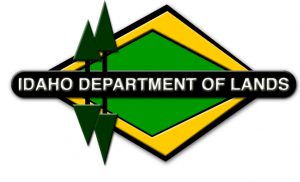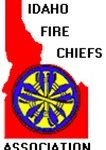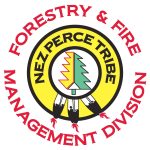
Fire Ecology & Management
Fire Ignition, Behavior & Effects
Principles & Practices
WUI Culture
Knowing how wildfires ignite and what affects their behavior is key to understanding the whys behind Firewise principles and practices.
Ignition
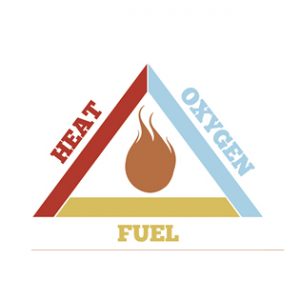 The fire ignition triangle describes the elements necessary for starting a fire: oxygen, heat, and fuel. All three must be present:
The fire ignition triangle describes the elements necessary for starting a fire: oxygen, heat, and fuel. All three must be present:
- Oxygen (air) - to start and sustain combustion. Air supply can be increased by windy conditions.
- Heat - to raise fuel temperatures to their ignition point and to ignite fuels. Common sources of heat are lightning and human activities.
- Fuel - to sustain and/or carry flames. Combustible materials include trees, shrubs, grasses and structures.
Wildfires are controlled by removing one side of the fire triangle - simple in theory, but not necessarily simple to do. For example, fuels can be treated or removed to create fire breaks; oxygen can be reduced or eliminated by smothering flames with water; and heat transfer can be reduced by covering vegetation with fire retardants.
Heat Transfer
Once fuels are ignited, heat is transferred in three ways:
- Conduction transfers heat from a warmer object to a cooler object until both temperatures are the same.
- Radiation transfers heat through air by short energy waves (infrared rays), which preheat and dehydrate fuels to their ignition point.
- Convection transfers heat through the movement of liquid or gas. Wildfires generate gases that rise in columns, usually accompanied by sparks, embers and burning twigs. These convective columns move downwind, ahead of the fire front, carrying embers that start spot fires.
Wildfire Behavior and Effects
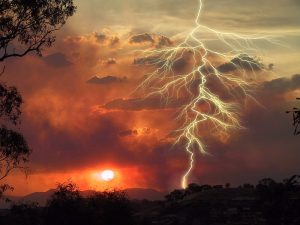
Many factors govern a wildfires' behavior.
Knowing how a wildfire may behave is key to control and management. Many factors affect how a wildfire burns, how fast it moves and how difficult it is to control. The three sides of the fire behavior triangle are weather, topography and fuels.
Weather includes wind, temperature, cloudiness, moisture and air pressure. High temperatures and low humidity cause vegetation to dry and wildfires to burn rapidly. Wind not only moves wildfires across landscapes, but also supplies oxygen that can cause fires to grow swiftly. Wind also blows embers for miles, igniting new spot fires. Rain and high humidity can slow or extinguish fires, while storms can cause fire activity to increase or become completely unpredictable.
Topography is the physical features of an area, including slope and aspect (the direction it faces). Wildfires burn more rapidly when moving up a slope by preheating unburned fuels and making them more combustible. Wind also moves more rapidly up slopes, increasing the speed at which a fire can spread. Draws can act like chimneys and funnel flames upwards. South- and west-facing slopes have drier fuels than north- and east-facing slopes.
Fuels are vegetation and structures. Their characteristics have a great effect on wildfire behavior. Large, dense trees burn for hours and generate a lot of heat. Dried grasses, on the other hand, produce a flashy fire that burns quickly and does not generate much heat.

Contact Us
Mike Ward, Executive Director
director@idahofirewise.org
PO Box 220
Kooskia, ID 83539
EIN 27-2535008


